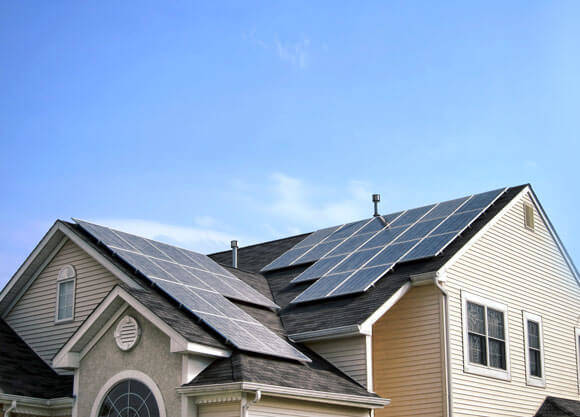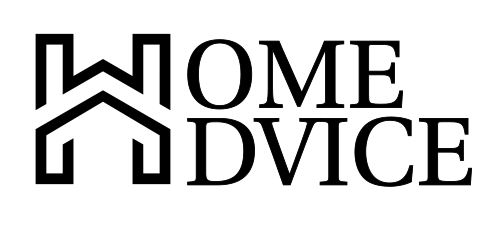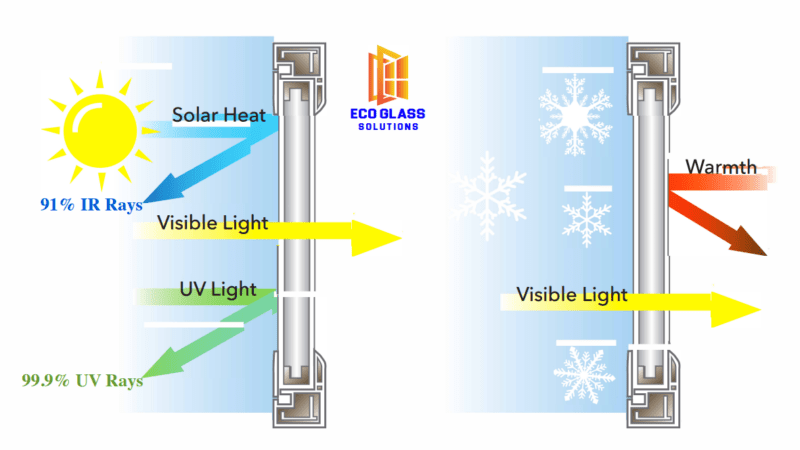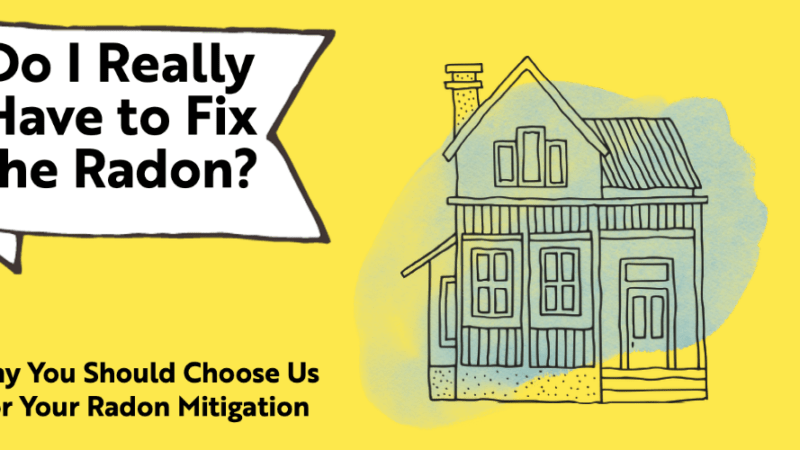The Heat Island Effect

The Heat Island Effect
With the greening movement, follows a myriad of new expressions gracing our dictionaries; one being the Heat Island Effect which refers to the bubble of warmer weather encapsulating a city, making it warmer than surrounding rural areas by several degrees.
Explaining this phenomenon: the expansion of urban sprawl with more asphalt roads, more rooftops, tar driveways, increased traffic and fumes, and attendant waste from heating and air conditioning usage. More of everything adds to and alters the natural environment through the weather. Greater sprawl, means a greater corresponding Heat Island Effect.
Building materials and designs for comfort retain and generate heat all seasons. Replacement of natural surfaces covers over soil trapping moisture to cool the air and vicinity. Other issues include poorer air quality concentrating pollutants creating greenhouse gases. Buildings in the downtown core play havoc with natural distribution of air. Hot pavements and rooftop surfaces shed heat down storm drains. Rapid release of warmer water into small bodies of water plays havoc with the eco-system, not to mention heat related mortalities.
Implementation of Heat Island reduction strategies in major cities have been documented to create significant annual savings. As concerned ‘becoming environmentally’ conscious citizens, we ask what remedies need to be put in place with new building projects, retrofits on houses, apartment buildings, commercial, industrial buildings?
Solutions take time to implement; others like solar roof panels are becoming leaders, installed for homes and commercial rooftops as commercially viable ‘tenants’ contributing energy towards the grid.
There are benefits to greening rooftops and vertical green walls.
These reflect heat, maintain and balance the energy through building walls and roofs; cooling surrounding areas reducing reliance on energy consumption. Reflective non solar absorbing vinyl roofing contributes to cooling the atmosphere replacing current darker rooftops.
Speaking of trees, satellite imagery shows where vegetation is dense, air temperature is cooler; in stark contrast comparing mall parking lots to parks, fields and bodies of water. It’s imperative to grow more trees and maintain existing wooded areas to mitigate the Heat Island Effect. Trees planted should be substantial to provide cooling shade, and absorption of carbon dioxide.
Brick interlocking drive and walkways are attractive, reflective, and easy to replace, allowing water runoff. Other driveway surfaces include tightly compressed pale natural porous gravel; impressive, attractive and softer on the feet. Lighter coloured surfaces reflect sunlight as opposed to absorbing it as black tar, asphalt and concrete driveways and roads do. Roads could be painted with low reflectivity paint. Replace non-reflective water resistant materials. Other alternatives are tar and chip driveways where the thin skin is studded with small stones for a textured rustic look.
The future is promising for alternative building practices. Solutions require greater financing, others a concerted effort. For the sustainable overview, care of our environment requires focus, commitment, creativity and openness to change for the greater long term health and wellbeing of our environment.








